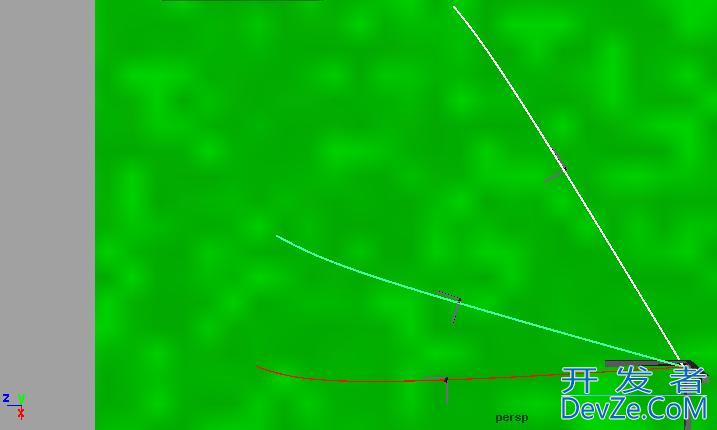I have gone through all available study resources in the internet as much as possible, which are in form of simple equations, vectors or trigonometric equations. I couldn't find the way of doing following thing:
Assuming Y is up in a 3D world. I need to draw two 2D trajectories orthogonally (not the projections) for a 3D trajectory, say XY-plane for side view of the trajectory w.r.t. the trajectory itself and XZ-plane for top view for the same.
I have all the 3D points of the 3D trajectory, initial velocity, both the angles can be calculated by vector mathematic开发者_StackOverflows.
How should I proceed further?
refer: Below a curve in different angles, which can loose its significance if projected along XY-plane. All I want is to convert the red curve along itself, the green curve along green curve and so on. and further how would I map side view to a plane. Top view is comparatively easy and done just by taking X and Z ordinates of each points.
I mean this the requirement. :)


I don't think I understand the question, but I'll answer my interpretation anyway.
You have a 3D trajectory described by a sequence of points p0, ..., pN. We are given an angle v for a plane P parallel to the Y-axis, and wish to compute the 2D coordinates (di, hi) of the points pi projected onto that plane, where hi is the height coordinate in the direction Y and di is the distance coordinate in the direction v. Assume p0 = (0, 0, 0) or else subtract p0 from all vectors.
Let pi = (xi, yi, zi). The height coordinate is hi = yi. Assume the angle v is given relative to the Z-axis. The vector for the direction v is then r = (sin(v), 0, cos(v)), and the distance coordinates becomes di = dot(pi, r).




![Interactive visualization of a graph in python [closed]](https://www.devze.com/res/2023/04-10/09/92d32fe8c0d22fb96bd6f6e8b7d1f457.gif)



 加载中,请稍侯......
加载中,请稍侯......
精彩评论